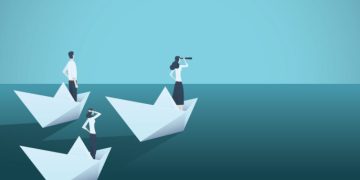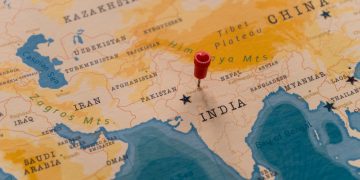Most shipping emissions in ports to quadruple by 2050
According to "Shipping Emissions in Ports" report, issued by International Transport Forum (ITF), shipping emissions in ports are substantial, accounting for 18 million tonnes of CO2 emissions, 0.4 million tonnes of NOx, 0.2 million of SOx and 0.03 million tonnes of PM10 in 2011. Around 85% of emissions come from containerships and tankers. Containerships have short port stays, but high emissions during these stays. Most of CO2 emissions in ports from shipping are in Asia and Europe (58%), but this share is low compared to their share of port calls (70%). European ports have much less emissions of SOx (5%) and PM (7%) than their share of port calls (22%), which can be explained by the EU regulation to use low sulphur fuels at berth. The ports with the largest absolute emission levels due to shipping are Singapore, Hong Kong (China), Tianjin (China) and Port Klang (Malaysia). The distribution of shipping emissions in ports is skewed: the ten ports with largest emissions represent 19% of total CO2 emissions in ports and 22% of SOx emissions. The port with the lowest relative CO2 emissions (emissions per ship call) is Kitakyushu (Japan); the port of Kyllini (Greece) has the lowest SOx emissions. ...
Read more





























































